|
In our increasingly digital world, many of us spend long hours hunched over smartphones, tablets, and computers. This prolonged screen time can lead to a condition known as "tech neck." But what exactly is tech neck, and how can you manage it? Let’s explore. What is Tech Neck? Tech neck, also known as text neck, refers to the pain and discomfort that result from the repetitive strain of looking down at electronic devices for extended periods. This posture places significant stress on the cervical spine, leading to various musculoskeletal issues. Causes of Tech Neck The primary cause of tech neck is poor posture while using electronic devices. When you tilt your head forward and down to look at a screen, the weight of your head increases the strain on your neck and upper back. According to a study by Kenneth Hansraj, MD, for every inch your head tilts forward, the pressure on your spine increases by about 10 pounds. This can lead to muscle imbalances and pain (American Massage Therapy Association) (American Massage Therapy Association). Symptoms of Tech Neck Common symptoms of tech neck include:
Long-term Effects If left untreated, tech neck can lead to more severe problems, including chronic pain, herniated discs, and even nerve damage. It can also contribute to poor posture, which can affect your overall health and well-being. Preventing and Managing Tech Neck
Introducing Our Tech Neck Relief PackageTo help you combat the symptoms of tech neck, we offer our exclusive Tech Neck Relief Package. This package includes:
Don’t let tech neck hold you back. Book your first session today and start your journey to a pain-free and healthier you! Schedule Here. By understanding the causes and symptoms of tech neck, and taking proactive steps to prevent and manage it, you can maintain a healthier, pain-free lifestyle even in our tech-centric world.
0 Comments
It has been over a year now that we have been facing the uncharted territory of COVID-19. As more science and research has been released, how massage therapist run their practice has been consistently evolving. As more COVID shots are being administered many massage therapist including myself are wondering "How long until you can get a massage after the shots?" This was one of my first thoughts once learning of the responses people were having. As a trusted source of info for massage therapist, I turned to my massage therapy insurance for guidance on making the best decision for my practice. Leading massage pathology expert, Ruth Werner, suggested waiting 2 days after each shot before scheduling a massage. The vaccine is still new and there is not enough info on the direct effect. The one for sure thing is that many do respond with flu like symptoms after the shot, typically within 2 days.  The other consideration I am taking into account is my clients experience. When talking to many of my clients who received the vaccine many of them felt "flu-like" symptoms for a few days or even a bit postponed. While others felt completely fine. So How Long Should You Wait Before Scheduling?Taking in both expert advice from Ruth Werner, my clients experiences, and my understanding of the effects of massage, I want all my Heeling Hands clients to wait at least 5 days after any of the COVID shots before scheduling their massage. Between little research on the effects and how randomized peoples experiences range, Heeling Hands wants to give everyone a bit more time to heal before continuing our work. Thank you so much for your support all through out this evolving time.
Many people will say that the holiday season is their favorite time of year, but also the most stressful. The long lines and crowds of shoppers, attending holiday parties, breaking your normal diet routine, entertaining guests and spending money on gifts on top of all the normal day to day stressors can be OVERWHELMING! You know it is coming every year but you still feel the stress creeping in, so what do you do? Here are my top 5 tips to help manage holiday stress and enjoy the season. 1. Set A Spending BudgetLets be real. Spending money over the holidays is unavoidable. However, how much money you spend is up to you. Setting a budget helps you be in control of your finances and staying within means without breaking the bank. Sometimes more is not always best so be creative and maybe there is an act of service you can provide rather than spending money on a gift. After all you can put a price on kindness. 2. Make A Gift ListIf shopping isn't your thing or if crowds make you anxious, this tip can really make a shift in the experience. Once you have set your budget, make a list of all the people you need to buy gifts for. Then by each name write out what you plan on getting them that way you can first do any online shopping to avoid crowds but also writing it down helps you keep track of which gifts you need to get. 3. Don't Over ScheduleSaying no to holiday festivities is okay. Keeping on track with your normal weekly routine is a must so that your needs are being met. Don't feel obligated to go to that nutcracker show if you still need to fit in your workout or your are too exhausted. Exhaustion can lead to you catching that flu everyone else has and that is definitely not the way to spend the holidays. 4. Strategically EatSticking to your normal diet can be tough during the holidays. Making adjustments to your diet around the holidays can be helpful in keeping on track with your goals. For example, if your family isn't vegan offer to make a few sides that you know are safe to eat. Other ideas may be making family events your cheat days or really paying attention to portion control and stopping when your full. 5. Take Time For YourselfThe holidays are supposed to be the giving season. In order to give you MUST take care of yourself. Sacrificing your self care routine in order to fit in one more holiday errand or event is how you will achieve feeling overwhelmed and being stretched too thin. Go to that workout, stick to your meditation practice, and BOOK YOUR MASSAGE so you can be the best version of yourself for the people you love this holiday.
If Breast Cancer hasn’t directly affected you than the odds are you know someone that it has and you also probably know that October is Breast Cancer Awareness month. As a massage therapist one of my jobs is to educate and today I want to share the importance of detoxing your breast tissue and 6 other ways to naturally improve your breast health. The Lymphatic System belongs as part of the circulatory system and aids in removing harmful waste and toxins from our bodies. Our breast tissue is composed of mostly fat cells which act as areas of storage in the body including storage for toxins. Being an area of high concentration for toxic build up, tumors develop more frequently here than any other area besides the skin. Receiving Lymphatic Drainage helps naturally stimulate the Lymphatic System helping reduce PMS symptoms and the accumulation of toxins. Besides going and receiving Lymphatic Drainage here are 6 other natural ways to improve your breast health. 6 Ways To Improve Your Breast Health
If you have any questions or would like to schedule your Lymphatic Drainage session call 512-666-1591.
There is a silent maze spread under your skin that is necessary for you to live called the lymphatic system. The Lymphatic system belongs as part of the circulatory system and aids in removing harmful waste and toxins from our bodies. If the lymphatic system did not work correctly the body would develop major system edemas, auto-intoxication and eventually would shut down. 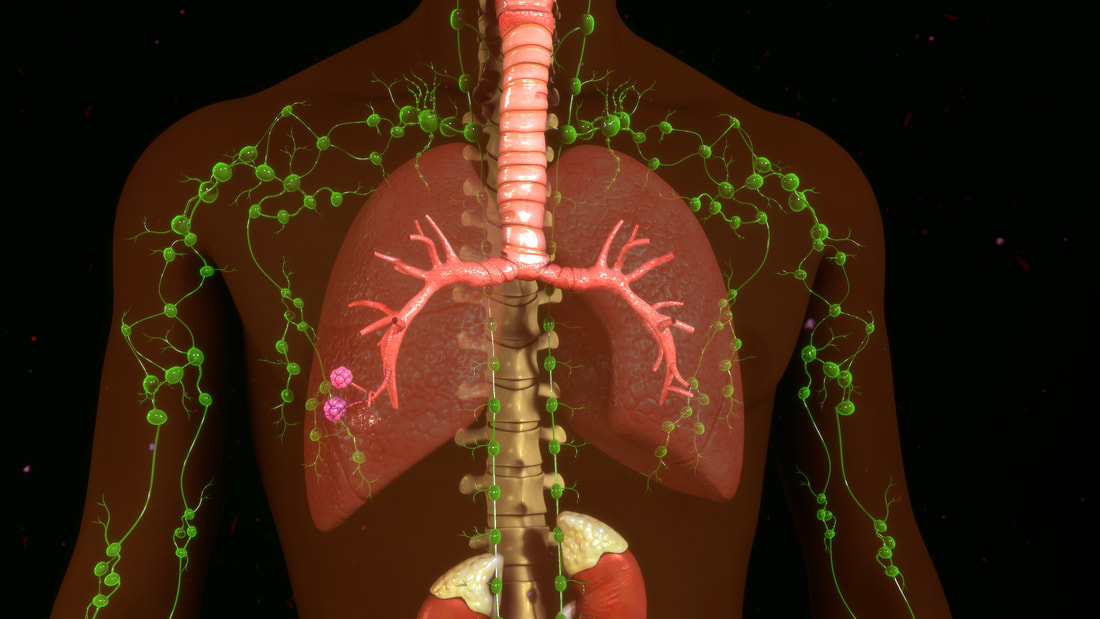 Although many early civilizations such as Sumer, India, China, Babylonia and Egypt had recognized a substance within blood that was often called “white blood” it wasn’t until the 17th century that Olof Rudbeck first saw the lymphatic system as a complete system within the body. Two centuries later, Emil Vodder, presented the idea of Manual Lymphatic Drainage which is the current modality used today. Lymphatic Drainage Therapy is a very light modality that naturally stimulates your lymphatic system by applying a very gentle, slow, and rhythmic pressure towards major lymph nodes which act as large purification centers for the body. The nodes then break down the toxic waste so that they can eventually be flushed out of the body through our organs of elimination. It feels like a very light stretch or pumping over our skin that slows down the autonomic nervous system creating a very deep and relaxing sensation which is why everyone can benefit from lymphatic work. Here are a few other reason why you might seek out Lymphatic Drainage:
While Lymphatic Drainage is good for so many things and is light enough to work on just about anyone, it may be more harm than good if you have:
Don’t let the light touch fool you into thinking this is fluff. Lymphatic Drainage can have detoxing effects and leave you feeling light, rested and calm. If you have questions or live in Austin,Tx and would like to try lymphatic drainage, comment below, email me at [email protected], or even better schedule yourself here.
Most clients that I see in my massage practice are dealing with some level of pain. Pain can mean a multitude of things, so understanding what kind of pain you're dealing with is important for the treatment. When clients describe their pain as a deep, burning, dull ache that sometimes travels to another part of the body, I instantly think Trigger Point.
A trigger point is a hyperirritable spot in a muscle that is the tightest part along a taut muscle. It can be hot, hard to the touch and usually has radiating pain. For example you may have a trigger point in your trapezius (upper shoulder area) that you can feel the sensation creep up your neck, sometimes even causing migraines or tension headaches. It is very normal for people to have trigger points at some point in their life. Repetitive overuse injuries, heavy lifting, poor posture, direct injury, mental/emotional stress that causes clenching of muscles and even being sedentary too long can all cause trigger points. Healthy tissue often feels supple and elastic making it easy to palpate other structures. Trigger points form when healthy tissue becomes dysfunctional by not being able to return to its original shape after the muscle contracts. This makes the tissue feel “ropey” or “cordlike” and over time, if not treated, the muscle becomes chronically shortened cutting off a sufficient amount of blood supply to this area creating a build up of metabolic waste resulting in pain. Lucky for you, treating each trigger point is quite easy. For some, pain may be alleviated after the first session but for others it may take a few treatments to start feeling results. It is important to note that though the application of trigger point therapy is simple, treating pain in the entire body can be a challenge. This is where finding a good massage therapist or other healthcare professional to work with is crucial to healing.
So What is Fascia?The fascial system is a connective tissue that looks like a spider web, which surrounds our muscles, bones, down to every cell in our body. This is why it is known as a whole body system. When our fascial system gets a restriction, which can be caused by inflammation, trauma and surgery, it holds about 2,000 pounds of pressure. Being a whole body system means that the restriction is not just in that one area but the other systems around it are also being compromised. It's like getting a run in a pair of panty hose; the run is the restriction and the surrounding threads are the muscles, nerves, cells etc. Right where the run is you will see all the other fibers reaching towards the area in response to the trauma or what caused the tear. Unfortunately restrictions cannot be seen through X-rays, MRI’s and CAT scans so discovering fascial restrictions is assessed through a technique called Myofascial Release. Myo Who? Myofascial Release is a gentle application of sustained pressure into the fascial system in order to eliminate fascial restrictions which are accessed through visual analysis and tissue texture. This technique is often described as three dimensional because the system has no defined direction. It may twist, turn, and spiral which can compress on the nerves, blood supplies and put unnecessary pressure on structures resulting in pain. Myofascial Release is a gentle modality that can be used to help with:
"The key to healing is feeling." |
AuthorHi! Archives
September 2021
Categories |
Services |
Company |
|



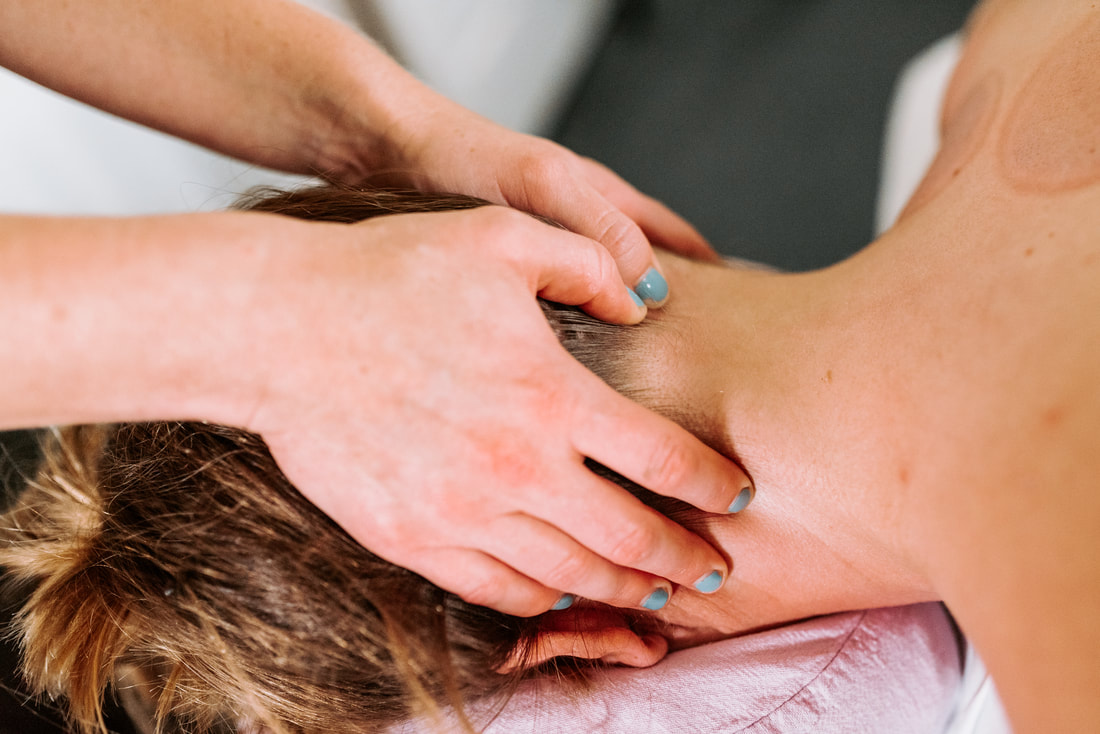




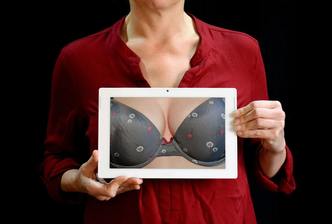
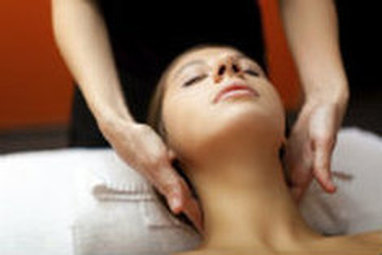
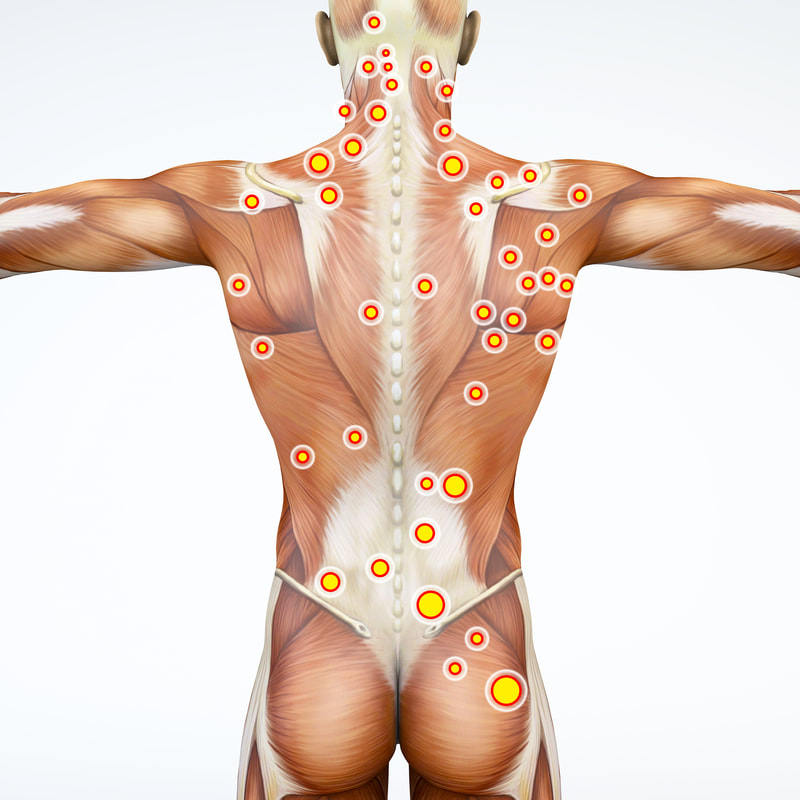
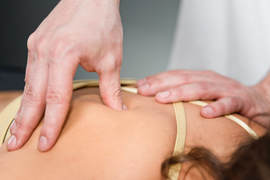




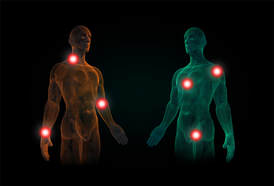


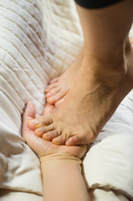
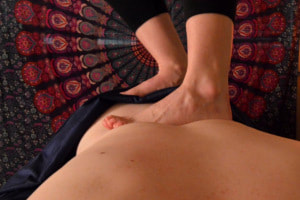
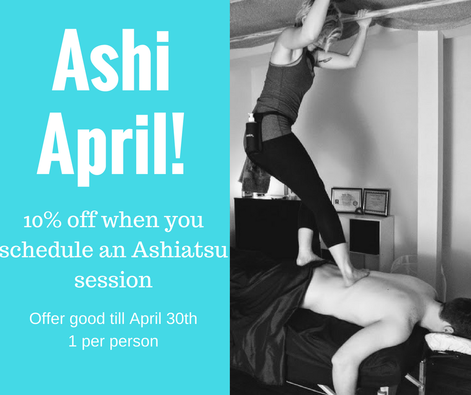



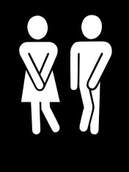

 RSS Feed
RSS Feed